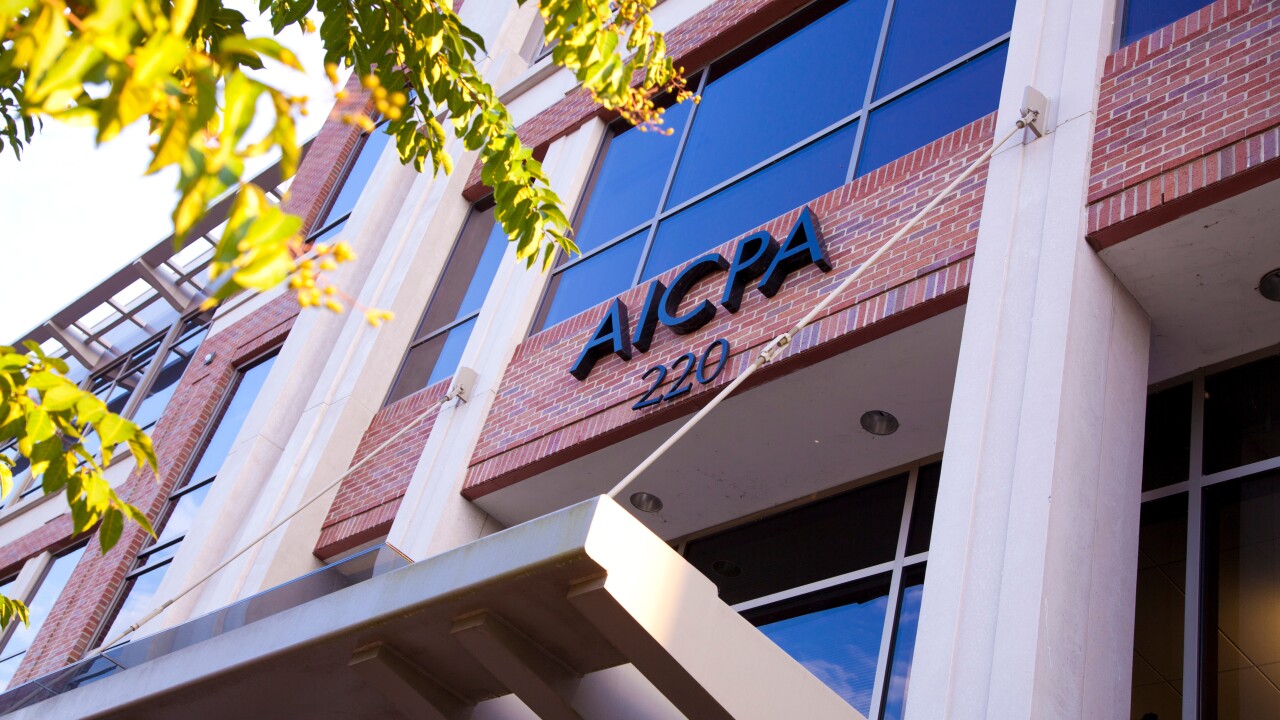The Internal Revenue Service issued guidance on the corporate alternative minimum tax in response to comments it received.
The Inflation Reduction Act of 2022 created the CAMT, which imposes a 15% minimum tax on the adjusted financial statement income of large corporations for taxable years beginning after Dec. 31, 2022. The CAMT generally applies to large corporations with an average annual AFSI exceeding $1 billion. The IRS and the Treasury Department
On Tuesday, the IRS released
"These notices contain numerous rules that will be welcomed by taxpayers," said Monisha Santamaria, a principal in the Washington national tax – passthrough group at KPMG LLP, in a statement. "Taxpayers can use notice guidance for the 2024 tax year if desired — certain taxpayers may need to quickly rethink their 2024 CAMT positions and the support for such positions. The notices provide for many elections and options and taxpayers facing CAMT liabilities will be well served by modeling out various notice options."
Some of the changes were made in response to comments on the proposed regulations. Some commenters pointed out that having different applicability dates for the specified regulations and nonspecified regulations was confusing and inappropriately burdened taxpayers by proposing that certain complex rules contained in the specified regulations would apply based on the date the CAMT proposed regulations were published in the Federal Register as opposed to the date final regulations are published in the Federal Register.
In addition, some commenters said the rules for relying on the CAMT proposed regulations, which, among other requirements, generally prohibit a taxpayer from relying on a particular section of the CAMT proposed regulations unless the taxpayer also applies all of the specified regulations, impose additional compliance burdens and costs on taxpayers seeking to apply relevant sections of the CAMT proposed regulations for taxable years ending on or before final regulations are published in the Federal Register. Commenters also asked for guidance providing that, for taxable years ending on or before the date the final regulations are published in the Federal Register, a taxpayer may rely on any section of the CAMT proposed regulations without also being required to apply the specified regulations or any additional sections of the CAMT proposed regulations, as applicable.
"Taxpayers are generally allowed to pick and choose which sections of the September 2024 CAMT proposed regulation to apply," said Santamaria. "However, there are certain constraints on the ability to pick and choose proposed regulation sections. Treasury appears to have heeded a number of industry-specific asks. For example, the notice contains special rules for the shipping industry, regulated utilities and non-life insurance companies. Taxpayers with large mark-to-market inclusions may be able to breathe a sigh of relief. Notice 2025-49 allows for the exclusion, or deferral, of certain mark-to-market amounts (including with respect to digital assets and real estate). However, the favorable treatment does not apply to all mark-to-market amounts (e.g., it does not apply to certain partnership and stock investments)."
Some commenters also recommended that an adjustment to adjusted financial statement income be allowed for certain repair or maintenance costs of CAMT entities with regulated operations because those CAMT entities are subject to special financial accounting rules under U.S. GAAP. The IRS noted that ASC 980 contains the Financial Accounting Standards Board's rules and principles applicable to regulated operations.
"Notice 2025-49 allows for AFSI to be adjusted for the amortization of certain goodwill," said Santamaria. "This may be beneficial for some taxpayers. Not all notice provisions are necessarily good news for taxpayers — the CAMT regime remains exceedingly complex, with the need to track CAMT basis and apply both tax and financial accounting rules to make 'simple' determinations, as well as differing calculations for scope AFSI versus liability AFSI."






